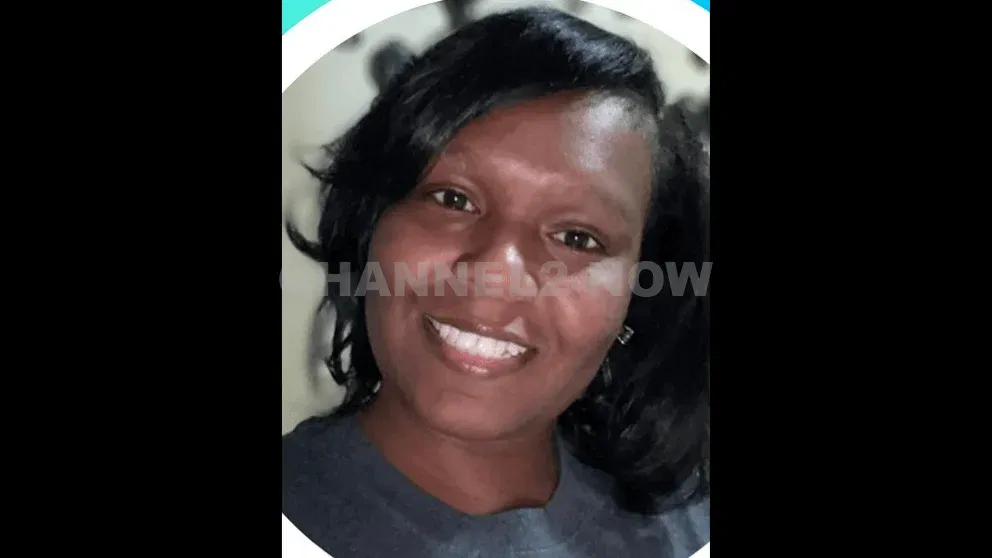In a rapidly evolving and deeply concerning case that has gripped the city of New Orleans and reverberated across Louisiana, authorities have confirmed the arrest of Cortnie Harris, aged 32, of New Orleans, and Corvanntay Baptiste, aged 38, of Slidell, in connection with the escape of ten inmates from the Orleans Justice Center on May 16, 2025. As of the latest update, five of the escapees have been recaptured, while a statewide manhunt continues for the remaining five fugitives. The alleged involvement of Harris and Baptiste in providing critical aid to the escapees has spotlighted the broader challenges faced by law enforcement in managing prison security, interagency coordination, and public safety in high-risk escape scenarios.
The escape itself, described by officials as one of the most significant breaches in the history of the Orleans Justice Center, occurred under circumstances still being reviewed by internal investigative teams and external law enforcement agencies. Though authorities have not publicly released the full account of how the jailbreak transpired, what is known is that the escape triggered an immediate, multi-agency response involving the Louisiana State Police (LSP), local police departments, the U.S. Marshals Service, and the Federal Bureau of Investigation. In the immediate aftermath, security protocols across detention facilities in the state were placed under heightened scrutiny.
Following several days of coordinated intelligence gathering and operational tracking, investigators zeroed in on two civilian suspects: Harris and Baptiste. Both individuals have now been charged under Louisiana Revised Statute 14:25, which pertains to being an accessory after the fact to a felony. The statute allows for sentences of up to five years in prison, a fine of up to $500, or both, and may include hard labor, depending on the discretion of the sentencing judge and the circumstances of the offense.
The arrest of Cortnie Harris was predicated on her alleged direct involvement with two escapees, both of whom remain at large. According to the LSP, Harris maintained ongoing phone communication with one of the fugitives and facilitated their mobility by transporting them to various undisclosed locations across New Orleans in the immediate days following the escape. This movement likely played a role in helping the escapees elude initial capture attempts, a factor that underscores the seriousness of the charges she faces.
In the parallel case of Corvanntay Baptiste, investigators have revealed that he provided material support to Corey Boyd, one of the escapees who has since been recaptured. The support allegedly included regular phone and social media communication, as well as the physical delivery of food while Boyd was in hiding at a local residence. Authorities emphasize that such actions not only impeded the swift recapture of a dangerous fugitive but also directly compromised community safety by enabling a known escapee to remain undetected for a longer period.
The booking of both Harris and Baptiste into the Plaquemines Parish Detention Center marks a pivotal point in the post-escape investigation. Their arrests have drawn attention to the role that civilian complicity can play in exacerbating the risk landscape following a large-scale prison escape. Law enforcement spokespeople have been unequivocal in their condemnation of such actions, reiterating that the full force of the law will be brought to bear on anyone who chooses to assist fugitives, regardless of motive or personal connection.
In public statements, representatives from the Louisiana State Police have stressed the ongoing nature of the investigation. Efforts to locate the five remaining escapees continue around the clock, with agents pursuing numerous leads across parish and state lines. Authorities have reiterated that aiding a fugitive is not merely a matter of bad judgment; it is a criminal act that endangers the lives of officers, the public, and the escapees themselves. The state has also emphasized its zero-tolerance policy toward those who provide harbor, resources, or logistical support to individuals fleeing lawful detention.
To encourage community cooperation, law enforcement has publicized several methods for the public to report suspicious activity. These include submitting tips through the LSP.org reporting platform, calling the LSP Fusion Center Hotline, utilizing the Crime Stoppers Greater New Orleans anonymous tip line, and contacting the FBI Tip Hotline. In an additional effort to incentivize information sharing, a reward of up to $20,000 per fugitive has been offered for tips leading directly to an arrest. This measure, officials say, reflects the seriousness with which the state regards the continued threat posed by the remaining escapees.
The public discourse surrounding this case has also prompted renewed discussions about the systemic vulnerabilities in correctional facilities, particularly those like the Orleans Justice Center, which has seen prior scrutiny. Community leaders, public safety officials, and criminal justice advocates are calling for a deeper examination of institutional safeguards, staff training, inmate supervision protocols, and emergency response procedures. While the precise mechanics of the May 16 jailbreak remain undisclosed, there is growing consensus that a comprehensive, transparent review is necessary to rebuild public trust and prevent future incidents.
The legal proceedings now facing Harris and Baptiste are expected to unfold in the coming weeks, with arraignments, evidentiary hearings, and pretrial motions likely to attract substantial media attention. Legal analysts note that the burden of proof for accessory charges requires demonstrating that the defendants knew of the felony and provided assistance with the intent to hinder apprehension, prosecution, or punishment. Given the documented communications and alleged material aid described by investigators, the state may seek to establish a clear pattern of intentional interference.
The events of the past week have served as a stark reminder of the multifaceted nature of correctional system breaches. Escapes from custody represent a nexus of institutional failure, opportunistic planning, and external collaboration. The case of Harris and Baptiste—if proven—illustrates how external actors can play critical roles in transforming localized breaches into protracted public safety emergencies. The path forward will require not only the capture of the remaining fugitives but also a systemic reckoning with the policies and vulnerabilities that allowed such an escape to take place.
Until then, the city of New Orleans remains on alert. With five escapees still unaccounted for, law enforcement agencies continue to mobilize every available resource in pursuit of justice. The arrests of Harris and Baptiste mark a crucial step in dismantling the network of support surrounding the fugitives. Yet the ultimate resolution of this case will depend on the successful apprehension of those still at large and the implementation of corrective reforms that prevent similar events in the future.
As the investigation continues to unfold, officials urge residents to remain vigilant and report any suspicious activity. The stakes, they emphasize, could not be higher. Public safety, the integrity of the justice system, and the rule of law all hang in the balance.


Leave a Reply